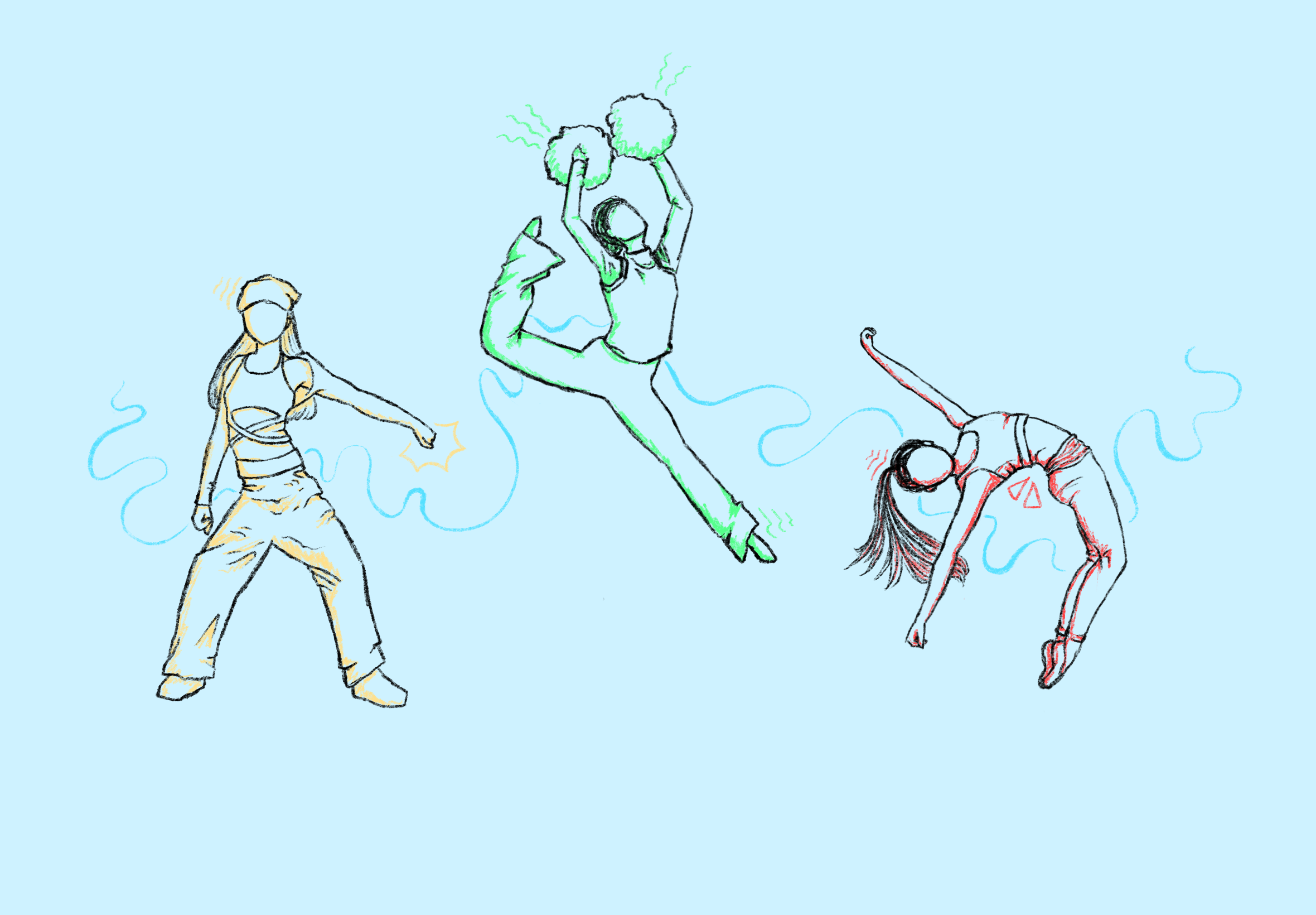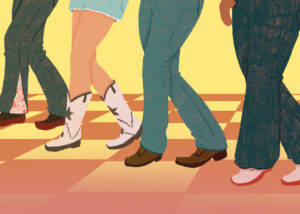It is no secret that sports are a beloved global pastime. 70% of Americans watch live sports. Soccer alone has 3.5 billion fans worldwide. After major games, school hallways, streets, and group chats are abuzz with what everyone just witnessed together. The highlight of my senior year of high school was every upperclassman packing into our commons, pulling up chairs and couches, and sitting on laps, all crowding around one TV to watch the 2022 World Cup. All this to say: people love sports, but why?
Some people are born into a fanbase that ties them to a sport from birth. Personally, I have spent my entire life letting the Kansas City Chiefs determine my mood every Sunday from September to February.
Others get fired up over rivalries: Yankees v. Red Sox, Army v. Navy, FC Barcelona v. Real Madrid, the list goes on. And then there are the moments that people talk about for years, the once-in-a-generation players that expand the limits of what we think possible, and the stadium atmospheres that you can feel in your body. But above all, the reason that we love sports is the stories. The “Miracle on Ice” isn’t talked about forty years later because we just really love hockey. It’s because of the incredible American underdog triumph. We love heroes and villains, Davids and Goliaths, and moments that change everything.
There is a sport that has every single one of these aspects, and yet, only a fraction of the support: collegiate competitive dance. As a former competitive dancer, I have known about the secret world of dance for years. Every competition season my coaches forced me to watch Universal Dance Association (UDA) Nationals—the national college dance team competition—and soak in every last detail of each dance. Though at times I dreaded this practice because it meant an eventual lecture about “being elite” like them, I am glad that my eyes were opened to the world of competitive dance.
Competitive dance has all of the characteristics that make sports so beloved. Every nationals season, it is a competition between dance powerhouses Ohio State and the University of Minnesota over who will win in the two most coveted titles of the competition: jazz—the classic, wide-ranging style of dance—and pom—a highly technical, sharp, cheer-influenced style with pom poms. In those categories of Division I-A (the level that large, Division I state schools compete in), almost any team that is not those two is the underdog.
I believe that the best example of this is the Louisiana State University Tiger Girls in 2022. Dance is not recognized as a sport by the NCAA. So, while most dancers at a Division I school must maintain Division I GPA and practice standards due to university expectations, they are not protected by Title IX. Without this, they lack the equal opportunity to financial access offered to sports teams, along with other protections. Dance teams must typically fundraise and pay out of pocket for their equipment and ability to travel. Additionally, dance teams are left much more to the whims of the universities.
This was evident for the LSU Dance Team in 2021. The Tiger Girls, like most dance teams, performed on the sidelines of most major sporting events, including every football and basketball game. Since LSU belongs to the SEC conference—where sports are a dominant part of university culture—this demands an intense commitment.
Dance and cheer teams are typically the unrecognized ambassadors for entire schools, posing for photos and talking to families, alumni, and kids. Dancers must be up hours before the game to put on a full face of makeup, hair, outfits, and poms and be ready when the first fan arrives.
Throughout the entire warmup and game, while the players can take breaks and enjoy moments of privacy, dancers must maintain a smile on their face. At a school like LSU, whose stadium holds over 100,000 people, the pressure to be “on” from the time they enter the stadium until they go home is immense, and dancers are trained impeccably to never break.
In 2021, as in every year before, the LSU Tiger Girls did their duty and performed at every single one of LSU’s football and basketball games. For context, the average dance team season includes 13 football games, over 50 basketball games, and nearly 70 community appearances. However, when the time came for them to shine (aka by going to UDA Nationals, which is the only competition all season), they were told they could not go.
UDA Nationals is the only event that centers dance teams. Most dancers, myself included, will tell you that they perform on the sidelines as a necessity that allows them to compete. Competition is the priority.
When the Tiger Girls were told they could not go to Nationals, they were devastated. They were given multiple reasons that they could not go, but ultimately it came down to the fact that the school prioritized NCAA recognized sports. It would be remiss not to point out the obvious sexism: dancers perform most at male sports games, while the vast majority of dance teams are female. There was no arguing; the Tiger Girls were not allowed to go to Orlando for UDA.
So, when they made it back in 2022, they had something to prove. They debuted a risky hip-hop routine that was all technique and no tricks, a completely different style from typical UDA hip-hop. And the song choice had a very pointed message: it was “Like a Boy” by Ciara. The team was taking a stand at how they were treated the previous year, calling out the double standard of LSU and the NCAA. With this dance, something magical happened. The entire competition wanted them to win. Even their competitors wanted an LSU victory.
And they did. Dancers around the country, including myself, who resonated with the message of being forced to look pretty on the sideline of a men’s game while receiving no recognition, watched the dance in awe. The Tiger Girls became an inspiration and an institution for dancers everywhere.
While the dance went viral on TikTok, little change has actually happened. Coaches from across the nation at top schools like Minnesota, Harvard, and Rutgers are calling for recognition but dance is still not recognized by the NCAA. Most people have still never heard of UDA or consider dance as a sport. Dance teams across the country still perform on the sidelines every year while being barred from competing.
So what? Watch UDA Nationals! Even without a technical dance background, viewers can still enjoy and see just how impressive the dances are. Like all sports, the more you watch the more you understand what is going on. Soon, you will recognize the same rivalries, fanbases, major moments, underdogs, and stories that draw people into other sports are just as relevant in dance.
LSU is not the only team with a comeback story; every year there are new teams to rally behind. Watching the competition shows the NCAA and universities just how much people care about these teams, which is the first step in gaining equal benefits. These dancers deserve to be treated equally, with equal funding and protections. The first step in doing so is letting universities know that they have eyes on them. People love rooting for the underdog, and there is no better underdog than competitive dance.





This perfectly captures being a dancer. Well done!